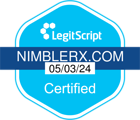


Meeting Patient Needs During Allergy Season
Allergy season can be a busy time for patients and pharmacies alike. As pollen counts rise and seasonal allergies take hold, many patients will likely come to your pharmacy to seek relief from symptoms. What’s more, because there exists some overlap between allergies and cold/ flu symptoms, patients may be unsure of exactly what treatment they should pursue.
Ensuring that your pharmacy is well-prepared (both in staff and stock) can make a significant difference in patient satisfaction and practice success. Let’s explore key strategies to meet patient needs effectively during allergy season.
Stock Up on Essential Allergy Medications
Ensure your pharmacy is well-stocked with a variety of over-the-counter (OTC) and prescription allergy medications. Popular antihistamines such as diphenhydramine, loratadine, and cetirizine should be readily available, along with decongestants like phenylephrine and pseudoephedrine. Nasal sprays, eye drops, and saline solutions are also in high demand. Offering generic alternatives can provide cost-effective options for patients who need to make their budget stretch.
In addition to medications, your pharmacy can provide guidance on preventative measures, such as using air purifiers, keeping windows closed during peak pollen hours, and regularly washing bedding. Thinking outside of the box and selling allergy-friendly products like hypoallergenic pillowcases, masks, and saline rinses can help patients manage their symptoms more effectively — while also providing a new revenue stream for your practice.
Educate Patients on Treatment Options
Not all allergy sufferers are aware of the different treatment options available. Moreover, patients are quick to select over-the-counter agents that don't align with their symptoms as well as they think. Be ready to provide guidance on choosing the right medication based on symptoms and patient needs. Some patients may benefit from combination therapies, while others will feel much-needed relief with simply a diphenhydramine dose. Providing informational brochures or a quick guide on managing allergies can be a valuable resource, and can even start a new patient relationship that may grow into an MTM business.
For the general population, hosting an allergy awareness event or a free consultation day can position your pharmacy as a trusted healthcare resource. Partnering with local clinics, schools, and businesses to spread allergy education can further enhance your community presence.
Offer Immunotherapy and Specialized Services
For patients with persistent allergies, consider partnering with local allergists to develop collaborative practice agreements covering clinical management of mutual patients (if your state regulations allow, of course).
Expanding your services beyond medication sales can enhance patient trust and loyalty.
Leverage Digital Tools for Convenience
Many patients appreciate the convenience of digital solutions. Use your pharmacy’s website, social media, or mobile app (like Nimble) to share medication order status and educational content, as well as easily communicate. Offering online prescription refill requests and medication delivery services through platforms like Nimble can further improve patient convenience and satisfaction.
By taking proactive steps to address patient needs, your pharmacy can become a go-to destination for allergy relief. Investing in education, inventory management, and digital tools will not only improve patient outcomes but also boost customer loyalty and practice success.



















.jpg)





















.jpg)








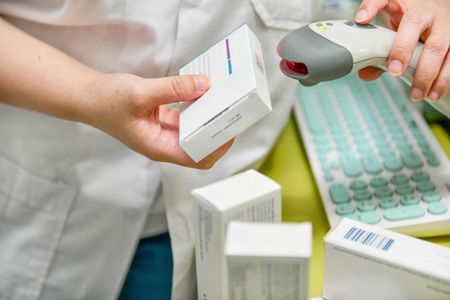
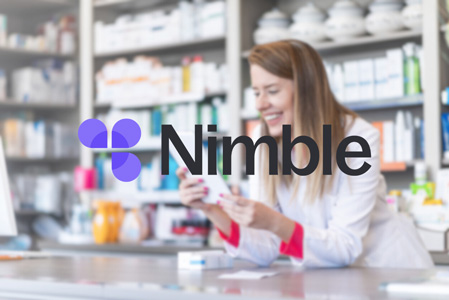




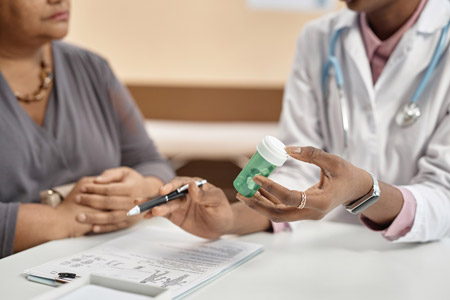


.jpg)
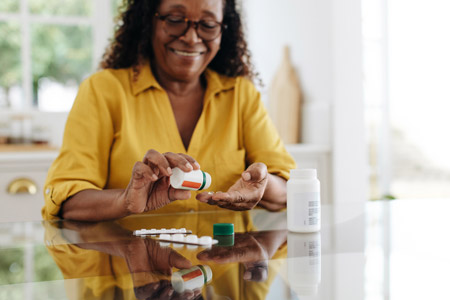
























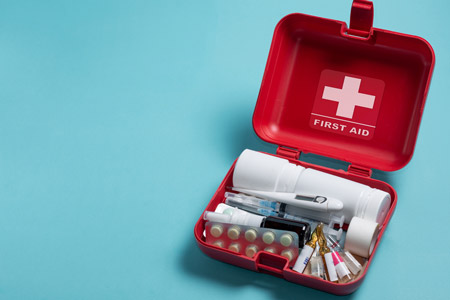
.jpg)
.jpg)
.jpg)













